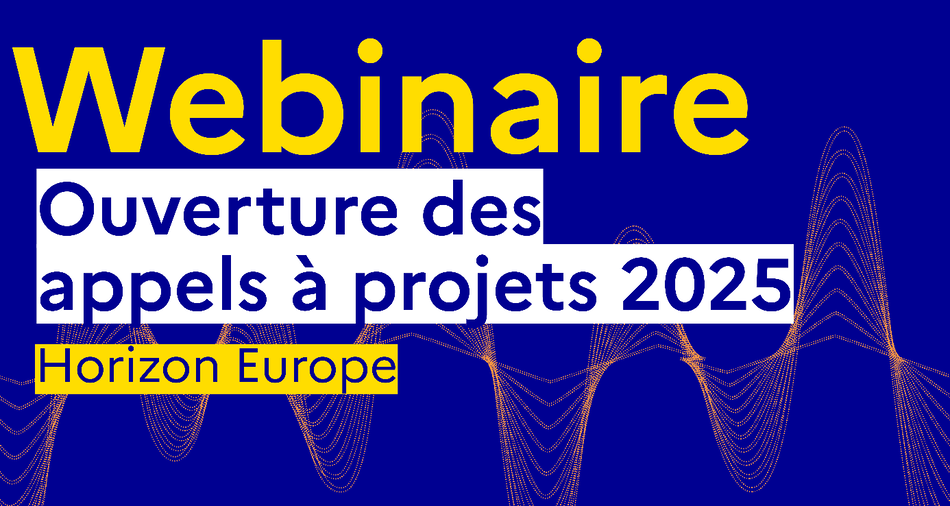ExpectedOutcome:
Project results are expected to contribute to all of the following expected outcomes:
- Analysis on if and how the specific requirements of operating under CBRN-E conditions can be taken into consideration also for teams/capacities that are traditionally not operating under CBRN-E conditions (e. g. search and rescue, medical care, shelter, firefighting, flood rescue, etc.).
- Development of innovative technologies and/or operating procedures for emergency management units that might need to work under CBRN-E (Chemical, biological, radiological, nuclear and explosives) conditions such as search and rescue (including victim triage procedures), medical care, shelter, firefighting, flood rescue, etc. Develop innovative technology and procedures for mass decontamination but also for the decontamination of inanimate material (infrastructure, buildings, vehicles, equipment), including identifying standards for determining something as “decontaminated” in close collaboration with Topic CL3-2021-DRS-01-05.
Scope:
Chemical, biological, radiological and nuclear (CBRN-E) events increasingly target civilians, with first responders likely to be police officers, firefighters or paramedics. Based on the legacy of knowledge gathered in H2020 projects, innovative technologies and solutions are required for first responders to act more efficiently and rapidly in case of CBRN-E disaster events of any kinds. This includes the ability to rapidly identify hazardous agents and contaminants and to analyse threats and hazards in real time, the faster search and identification of victims enabling more efficient rescue operations, platforms for medical care and site management/shelter for a more efficient the triage of victims and their care, i.e. via appropriate decontamination chains of victims and infrastructures. Regarding this last point, links to standardization and Topic CL3-2021-DRS-01-05 are particularly important to be able to determine thresholds and identify people as well as objects as “decontaminated” or “free of decontamination”.
Where possible and relevant, synergy-building and clustering initiatives with successful proposals in the same area should be considered, including the organisation of international conferences in close coordination with the Community for European Research and Innovation for Security (CERIS) activities and/or other international events.
Specific Topic Conditions:
Activities are expected to achieve TRL 6-8 by the end of the project – see General Annex B.
Cross-cutting Priorities:
Artificial IntelligenceDigital Agenda





